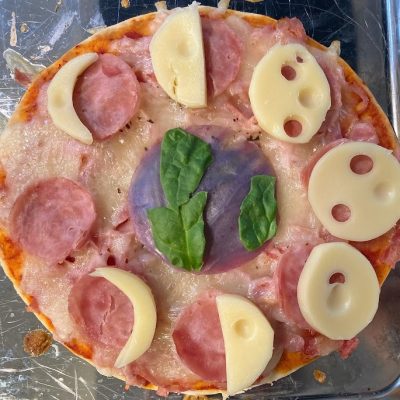Learning about the Moon
Over the span of two hours, we observed the ebb and flow of the low tide along the shoreline. Our fascination grew as we watched the water shift from our play area to the rocks situated 12 feet away. Intrigued by the cause behind this phenomenon, we embarked on our next journey: to understand the moon and its influence on the tides.
High and low tides
Our exploration began with a great YouTube video designed for kids titled “What Causes Tides?”
Following that, we discovered a wealth of lunar knowledge on NASA’s website, specifically “NASA Science. Earth’s Moon. Tides.” This resource offered a lot of interesting information about high and low tides, providing us with a vivid picture of how they come into being.
Phases of the moon
As we delved deeper into this website, we discovered more and more fascinating things about the moon. Our newfound knowledge encompassed the moon’s rotation and phases of the moon. To enhance our understanding, we decided to visualize these phases through a series of food-related activities, both for dinner and dessert.
Moon phases pizza
While I was planning our lesson and trying to decide what to make for dinner, I thought it would be fun to incorporate a lesson about moon phases into our meal preparation. We opted for pita bread as our canvas, adorning it with toppings and creating eight circles from ham slices. Once the pizza had sufficiently cooled down, we engaged in a matching game, when my daughter had to place moon-shaped slices of Swiss cheese on these round ham circles. Swiss cheese usually comes to my mind when I think of the moon with all its craters 🙂
For those interested in replicating this culinary chapter on moon phases, you can find the steps for creating planets and pizza dough in my Solar System Pizza post.

Moon phases Oreo Cookies
But our culinary adventures didn’t end there. We found a fun Oreo Cookie Moon Phases Activity online and printed the template from Superstar Worksheets. It was at this stage that I introduced the names of the moon’s phases, without expecting my daughter to remember them.

Observation Journal
Our learning journey continued with a Moon observation journal from the NASA website. My daughter got very excited about this activity. On the very first evening, she joyfully exclaimed, “Come, come, look at the moon! It is round!” During overcast days when the moon was obscured from view, we turned to NASA’s “Current Moon Phase”, which offered a complete moon cycle’s worth of data and filled in the blanks.
Jet Propulsion Laboratory Activities
We also did a couple of fun activities from the Jet Propulsion Laboratory (JPL) website:
1) Acting out phases of the moon. This helped with the idea that the moon rotates around the Earth and the same side of the moon always faces Earth.
2) How to Make a Crater. In our case I simplified it and we just used sugar powder and chocolate chips. Though probably worth trying again with the ingredients that they recommended in the video.
I felt very grateful for the many useful resources and activities on the NASA websites which tremendously helped in our learning process.
Subscribe to our Newsletter
Thank you!
You have successfully joined our subscriber list.